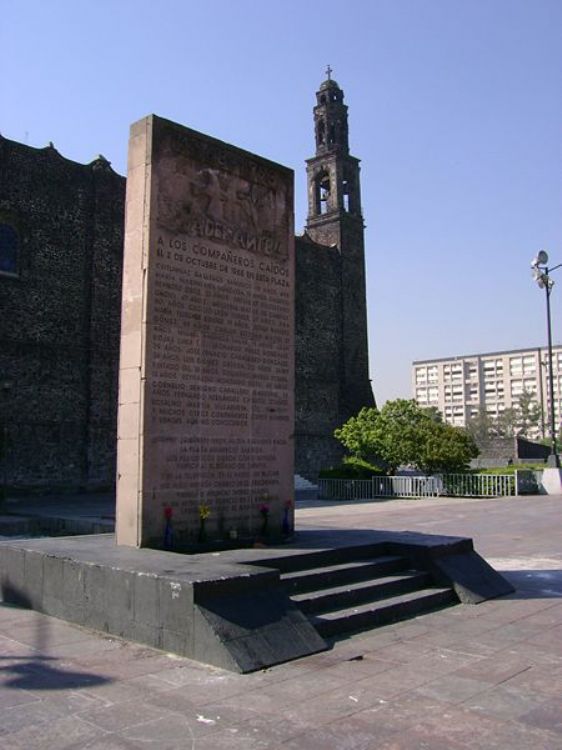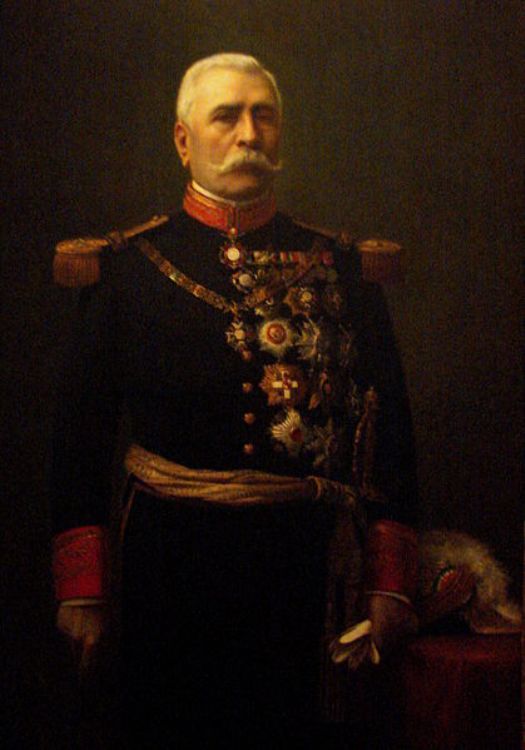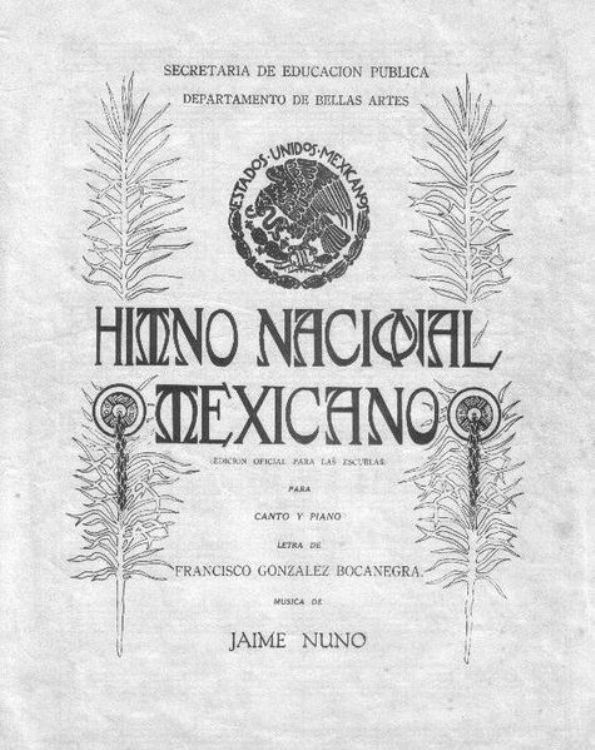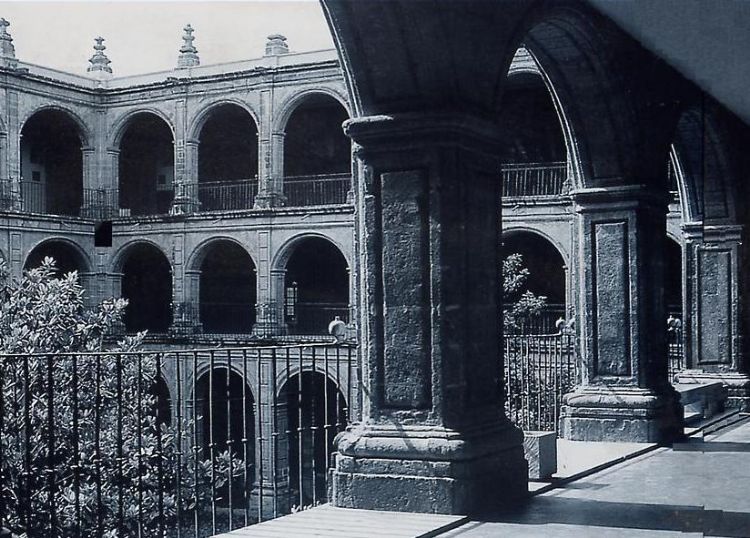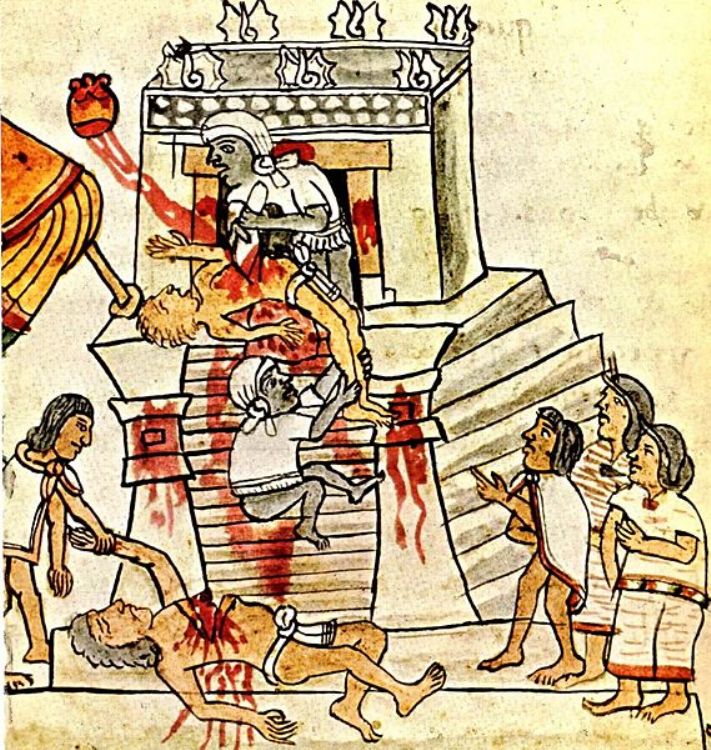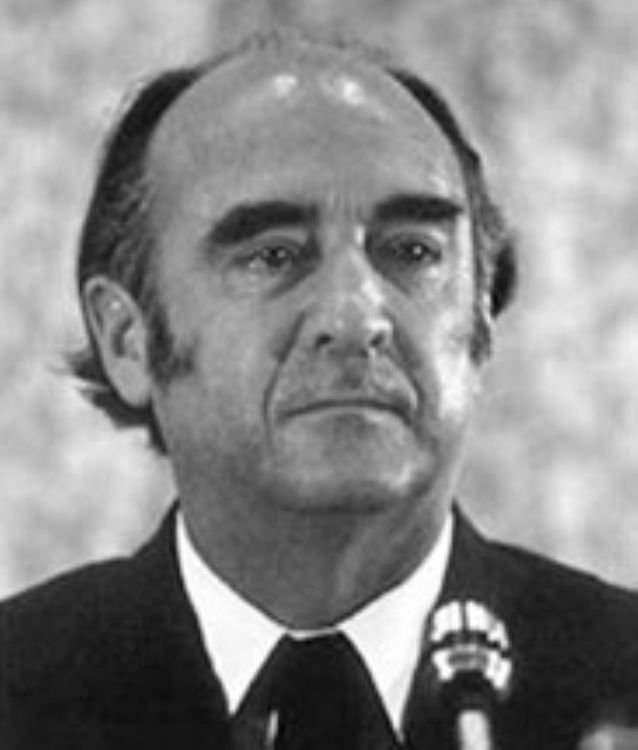Mexican Cinema
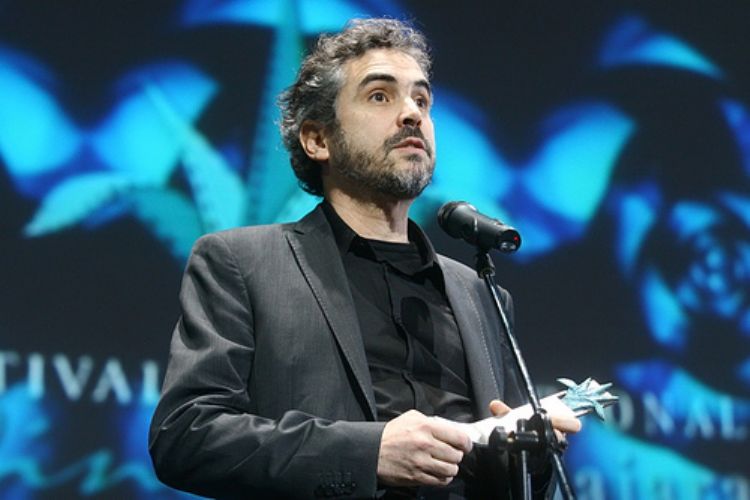
Mexican Cinema is currently composed by a history, values modified throughout time, an industry and an infinite number of topics, each corresponding to a certain moment in history, ideology, economy and politics. Mexican cinema has had at least four phases related to the countryâs historical moment.
Although at first, Mexican cinema didnât have the development and support that the United States industry had achieved since silent films, until the birth of the Hollywood industry, it started to develop very discreetly during the first moments of Porfirioâs era and later during revolutionary Mexico.
In 1894, Thomas Alva Edison sold his kinetoscope and in 1895, Louis Lumière in Paris showed film presentations, becoming a world event. In Mexico, only a year later, in 1896 Engineer Salvador Toscazo imported from Lyon the first cinematographic projector, beginning the exhibit in the site named âLumiere Cinematographâ, on Jesus Street in the countryâs capital. It was later transferred to Plateros on the corner with Bolivar, in what is now the historic center, at the âSalón Rojoâ.
In rural areas, change was much slower because during Porfirioâs era cinema only became known when Pogibet and Moulinié had free presentations for promoting films in Mexicoâs provinces. During the Revolution, people lost interest in cinema because of the movementâs importance, although many of the revolutionariesâ images are preserved thanks to the effort of photographers and those who had begun this cinematic industry and had purchased cameras and projectors.
In 1926, sound films appeared in the world and it wasnât until 1930 when Mexico produced its first sound film named âMás Fuerte que el Deberâ. Significant in 1936 was the premier of the film âAlla en el Rancho Grandeâ. It is important to put into context the moment when the so-called golden age of Mexican films appears or begins to forge, because in the first years after the Revolution, the Mexico that was being structured was in search of nationalist values, the cinema promoting native values appeared with great strength, which would also coincide with the political efforts to integrate Indian people into the development process and reclaim national values.
The history of Indian-promoting cinema dates from the first years of last century; in the era of silent cinema, Yucatan native Carlos Martinez Arrendondo became interested in recognizing and worshiping the life of prehispanic worlds, attempting to highlight the values of such cultures in such movies as âTiempos Mayasâ; a film edited in 1912 and filmed in the Opichen estate, narrating the adventures of a Maya man and his love affairs. âLa Voz de la Razaâ from 1912 also makes reference to a young Maya couple trying to consummate their love.
Also, the interest for this type of cinema becomes more present; Manuel de la Bandera directed âCuauhtémocâ in 1916, touching the subject of the conquestâs cruelty. Nobody had made a proposal recognizing the violence of this national episode before, and the importance it had for the development of national culture.
During the 1930âs, Soviet Eisenstein made a movie called â¡Que Viva México!â with the interest of offering visual narratives of richer and more profound content to the public. From that, Carlos Navarro, for example, got inspiration to film his âJanitzioâ in 1934; and Chano Urueta directed âLa Noche de los Mayasâ. Emilio âEl Indioâ Fernandez offered his classic creation âMaria Candelariaâ in 1943.
There was a special interest of filmmakers to offer realist movies, speaking about the problems that the State had ignored for a long time and pretended to defend, at least it said so. For example, in âLa Noche de los Mayasâ, the director made an effort for the dialogues to be in ancient Spanish, giving realism to the dialogues.
The Indian world was conceived differently regarding the material reality it was living in, abandonment and discrimination from the groups in power, especially by the State and the ignorance of their rights. However, the feelings of this nature in the world were not different from human nature, love; suffering might also be common, but more intense because society didnât lend its help to poverty and ignorance.
âJanitzioâ was another movie that prompted interest to the inequality of a society that boasted being civilized.
On the other hand, the interpretation of renowned filmmakers consolidated with the treatment given to Tizoc and Macario, but from the official standpoint, the Instituto Nacional Indigenista promoted films like âCarnaval Chamulaâ by Jose Baez Esponda and âMisión de Chichimecasâ by Nacho Lopez, centering on authentic Indian customs and traditions
Of the same era we must consider productions such as âSantaâ directed by Antonio Moreno and âSobre las Olasâ from 1932 by Miguel Zacarias and Rápale J. Sevilla. Since then, we can speak of an industry whose main interest was exposing what it then considered national values; while some directors made an emphasis on life in the fields and the ideals of purity, work and social justice, others centered on more urban themes that consolidated as the ones projected during the 40âs and 50âs. Coinciding with the countryâs industrialization, spectators could no longer completely identify with rural life, but rather with the growing working class that was struggling to achieve an economic status for improving their quality of life.
The golden age of cinema (1939-1945) was centered on topics like poverty, the struggles of urban life, social injustice and the idealization of moral values like love and happiness, making fundamental differences between men and women in a society that was formed pretending to give each gender a well defined role within society.
From 1946 to 1950, life in the city was presented with accuracies and errors, there appeared films of âeasyâ women and poor neighborhoods, highlighting the loss of moral values, where the city and the search for a better future, fashion and fun, had lost women and men, turning them into negative beings for society. The emblematic films of this era are âLos Tres Garciaâ from 1946 and âNosotros los Pobresâ from 1947.
On an international level, Mexican cinema had reached prestige and one of the most representative figures of the industry was Indio Fernandez, whose narrative had moved the national scene, with the topics of the people, Indians and injustice. However, by the end of the 40âs and beginning of the 50âs, there were great changes in the industry because the films from United States had gained recognition and economic power, while television was appearing and leading to a new form of entertainment.
Industry started to weaken because of the vast competition from United States, as well as investments and the need of new topics.
The decade of the 60âs arrived with emblematic changes in Mexican society, and with echoes of influences that consolidated in the rest of the world as flags of identity in different social groups: womenâs liberation, industrialization and the middle class, sometimes seen as a threat to traditional values of countryâs as ours, therefore, cinema played its role by producing movies dedicated to morally alerting society about the danger of such liberation with movies like âCuando los hijos se vanâ. Within the government, power over the cinematography industry had consolidated and by law became controlled by the Secretaría de Gobernación, all movies required the authorization of themes and contents.
While in countries like United States, France and Italy, the treatment of topics was more direct and realist, in Mexico films faced censorship, as well as the power of the Trabajadores de la Producción Cinematográfica union, controlling most of the production and limiting the access of new proposals and filmmakers.
During the decade of the 60âs until the 70âs, there were poor productions, low budgets and scarce thematic value but still kept its presence in film theaters for a constantly more beaten middle and low class. During the 1970âs, films were in the hands of three State producers: Conacine, Conacite I and II, although it was an era when the State invested resources and achieved to reorganize the industry, allowing creations such as âEl Castillo de la Purezaâ from 1972 directed by Arturo Ripstein, âCanoaâ by Felipe Cazals from 1975 and âEl Apandoâ, of the same year and director.
Between 1976 and 1988 there were more audacious and open proposals, such as the films about ficheras (prostitutes), although highly criticized, it sustained the industry for a long time and produced actors. Standing out are titles like âBellas de Nocheâ from 1974 and âLas Ficherasâ of that same year.
Later, the 90âs appear to have brought a new generation of actors, directors and screenwriters that gave a new flair to Mexican cinema. In an era that has since been called âNew Mexican Cinemaâ, consolidating productions like âDe noche vienes Esmeraldaâ by Jaime Humberto Hermosillo in 1997, âPor si no te vuelvo a verâ by Juan Pablo Villaseñor, âLa Ley de Herodesâ from 1999 by Luis Estrada and others that proved on screen the need for topics reflecting the ideological and political change surfacing in Mexicoâs society of the XXI century. Currently, directors like Alejandro González Iñarritu, Guillermo del Toro and Alfonso Cuaron have been pioneers in an era of international recognition.
The great problems being experienced by the national industry are characterized by a great competition from North American producers, who have power based on marketing, great campaigns promoting the purchase of products associated to their seasonâs titles; while Mexican cinema can only compete through the talent of its creators.
Artículo Producido por el Equipo Editorial Explorando México.
Copyright Explorando México, Todos los Derechos Reservados.
Foto: Festival Internacional de Cine Guadalajara

